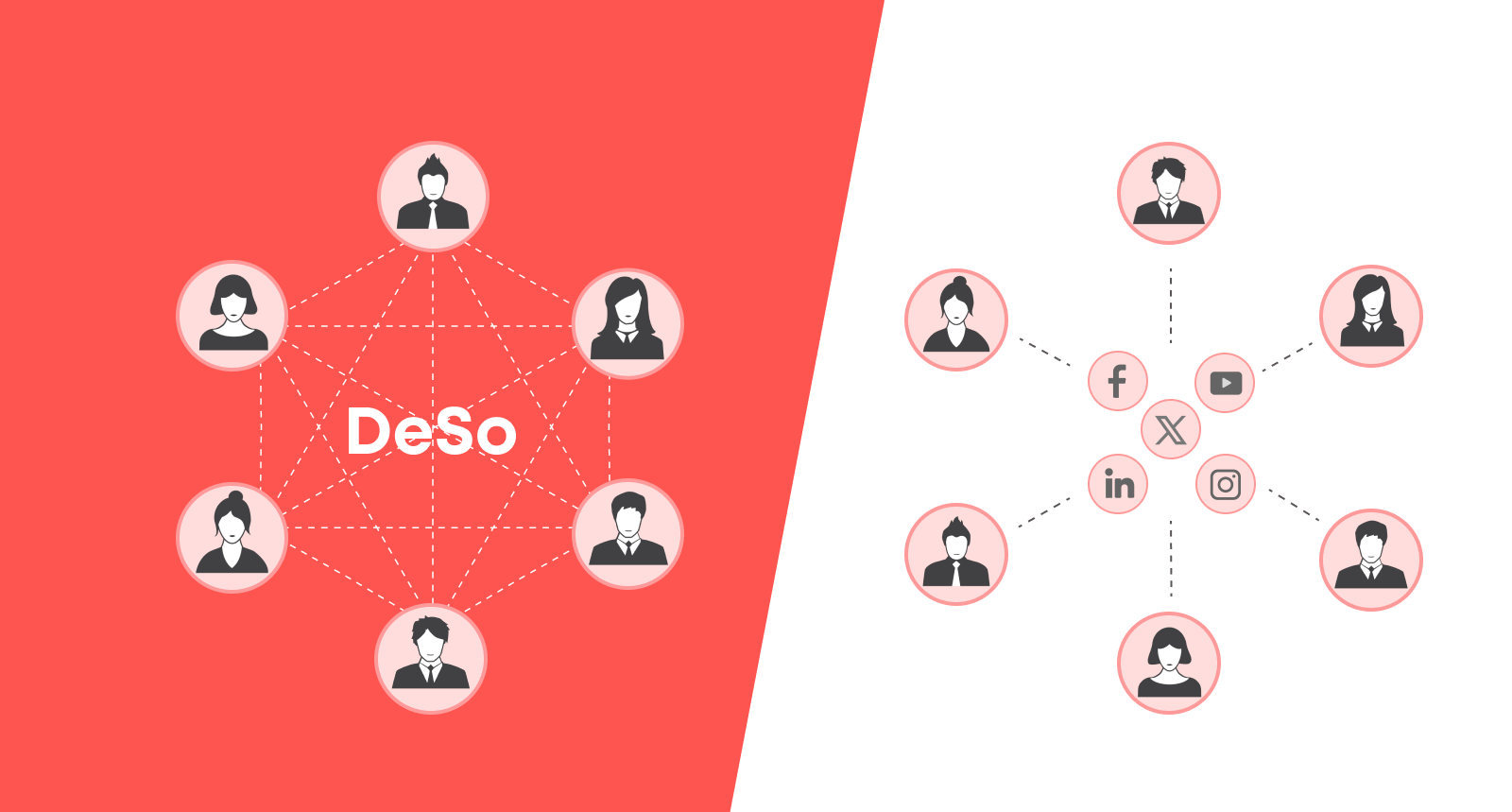Let’s be honest—farming isn’t what it used to be. Gone are the days of relying solely on intuition and almanacs. Today, the marriage of IoT (Internet of Things) and agriculture is reshaping how we grow food, conserve resources, and feed a booming population. And the best part? It’s doing so sustainably.
What Exactly Is IoT in Agriculture?
Imagine a farm where soil moisture sensors whisper to irrigation systems, drones scout for pests like high-tech hawks, and livestock wear fitness trackers (seriously). That’s IoT in action—a network of connected devices collecting and exchanging data to optimize every inch of farmland.
Why IoT Matters for Sustainable Farming
Traditional farming guzzles water, leans on chemicals, and often wastes resources. IoT flips the script by enabling:
- Precision agriculture—think laser-targeted water/nutrient delivery
- Real-time monitoring—no more guessing games about soil or weather
- Automation—tractors that drive themselves, systems that adjust on the fly
- Data-driven decisions—from predicting crop yields to preventing disease outbreaks
Key IoT Technologies Transforming Farms
Here’s the deal—not all tech is created equal. These are the game-changers:
| Technology | Use Case | Sustainability Impact |
| Soil sensors | Measure moisture, nutrients, pH | Reduces water/fertilizer waste by up to 30% |
| Drones | Crop health imaging, spraying | Cuts chemical use, spots problems early |
| Smart irrigation | Weather-based watering | Slashes water consumption dramatically |
| Livestock trackers | Health monitoring, GPS | Improves animal welfare, reduces losses |
Real-World Wins: IoT Farming Success Stories
This isn’t just theory. Take California’s almond orchards—IoT systems helped farmers reduce water use by 20% during droughts. Or Dutch greenhouse operators who boosted yields 15% while using less energy. Even smallholder farms in Kenya now use solar-powered sensors to combat soil depletion.
The Challenges? Sure, They Exist
No rose-tinted glasses here. Barriers like:
- High upfront costs for small farms
- Rural internet connectivity gaps
- Farmer tech literacy hurdles
- Data privacy concerns
But solutions are emerging—low-cost sensors, satellite-based IoT, and farmer training programs are leveling the field.
The Future: Where IoT and Farming Are Headed
Picture this: blockchain-tracked produce from seed to supermarket, AI predicting pest invasions before they happen, or vertical farms humming with autonomous IoT systems. The lines between “farm” and “tech firm” are blurring fast.
One thing’s certain—as climate change tightens its grip, IoT isn’t just convenient; it’s becoming agriculture’s lifeline. The question isn’t whether to adopt it, but how quickly we can scale it responsibly.


